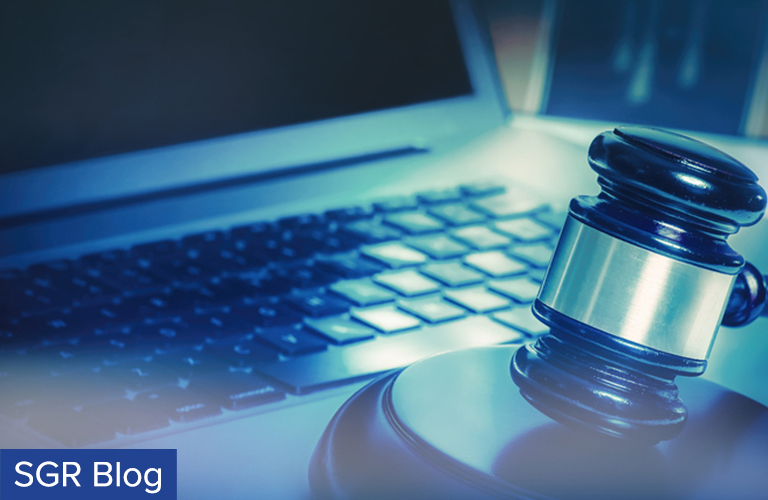
INTA Bulletin | September 15, 2021 | Vol. 76 Issue 36
Verifier: Scott D. Woldow – Smith, Gambrell & Russell, LLP | Trademark Office Practices Committee—USPTO Subcommittee
Scot A. Duvall – Middleton Reutlinger | Trademark Office Practices Committee—USPTO Subcommittee
To implement provisions of the Trademark Modernization Act of 2020, in May 2021, the U.S. Patent and Trademark Office (USPTO or Office) issued a Notice of Proposed Rulemaking (NPRM) proposing changes to the Trademark Rules of Practice (TMRP). The public comment period expired on July 19, 2021.
Notable among the proposed changes are (in Section VI) a new procedure for attorney recognition in TMRP 2.17 and 2.18 (to align the rules with current practice) and clarification of the grounds for permissive versus mandatory withdrawal of representation in TMRP 2.19 (to align the rules with the USPTO Rules of Professional Conduct).
Under the current rules, attorney recognition automatically terminates when ownership changes, when the application process terminates, or, in the case of an issued registration, when it is canceled or expires or upon acceptance or rejection of a filing made under Section 7, 8, 9, 12(c), 15, or 71 of the Lanham Act.
Under the proposed rules, unless the owner proactively revokes the appointment or when the attorney proactively withdraws from representation, recognition would continue when an application abandons, when post-registration documents are filed and accepted, or when a registration expires or is canceled.
Among the reasons offered by the USPTO for the proposed rule changes, the Office seeks to resolve an inconsistency between the current application of Section 2.17(g) governing attorney recognition and the terms of Section 2.18(a), which require the USPTO (with a few exceptions) to correspond with the applicant’s or registrant’s attorney if one is recognized, and otherwise to send correspondence to the applicant, registrant, or party to the proceeding. The USPTO currently treats representation as continuing in certain circumstances after attorney recognition has been terminated under the terms of Section 2.17(g). Examples include when the USPTO sends to the attorney of record a notice of abandonment, the trademark registration certificate, or renewal reminders.
By extending attorney recognition until the proactive revocation or withdrawal, the USPTO could continue to send such correspondence to the attorney of record. The USPTO also considers the rule changes as necessary to facilitate the implementation of a new “role-based access control system” to enhance database security, the details of which were not discussed in the NPRM.
The USPTO proposes changes to Section 2.19 to clarify attorney obligations when withdrawing from representation, and to differentiate the grounds under which the attorney may request to withdraw versus those situations where an attorney must request a withdrawal, consistent with the USPTO Rules of Professional Conduct. Accordingly, the proposed revisions specifically reference Section 11.116(a) (mandatory withdrawal) and Section 11.116(b) (permissive withdrawal) to ensure alignment of provisions. A new provision, Section 2.19(d), clarifies that withdrawal is not required in circumstances where the attorney is “mistakenly, falsely, or fraudulently designated” as a representative without the attorney’s prior authorization or knowledge.
Editor’s Note
INTA submitted comments to the USPTO on July 19, 2021, expressing concern regarding some of the rule changes. Until details of the future, role-based access system are released, INTA considers some of the rule changes to be premature. Moreover, INTA suggested that current practices for communication are desirable. INTA recommended specific changes to the existing rules to reflect the Office’s current practices for attorney recognition and correspondence.
Although every effort has been made to verify the accuracy of this article, readers are urged to check independently on matters of specific concern or interest. Law & Practice updates are published without comment from INTA except where it has taken an official position.
This blog is intended to inform interested parties about legal matters of current interest and is not intended as legal advice.

